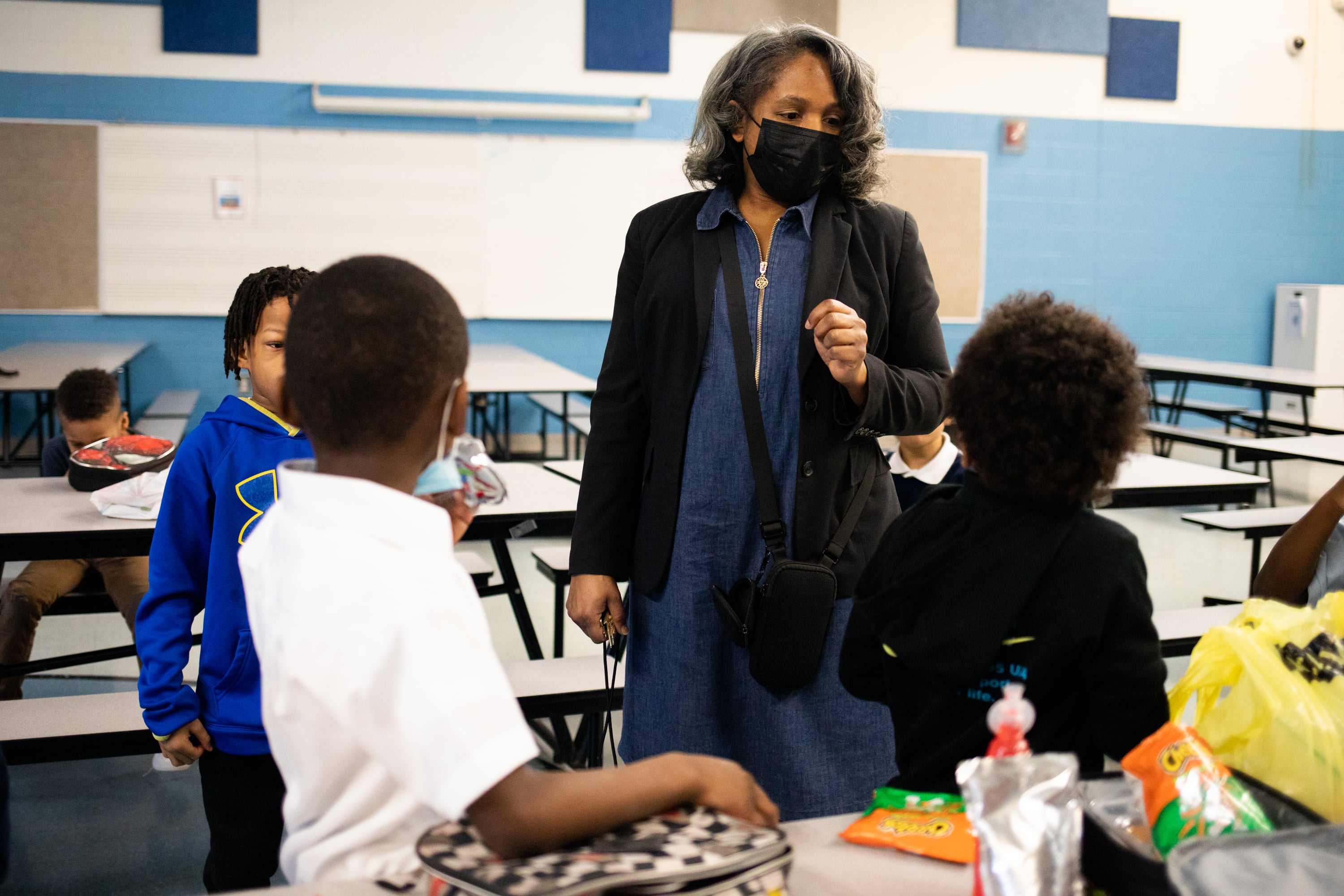Chronic absenteeism in Michigan schools is declining, but new data released Tuesday show nearly a third of students in public schools are missing too much school, and the rate is still higher than it was before the pandemic.
During the 2022-23 school year, 30.8% of Michigan students were chronically absent, down from 38.5% the previous year.
Before the pandemic, the rate was 19.7%.
“We’re moving in the right direction, but we’re not where we need to be,” Judy Pritchett, a member of the State Board of Education, said during a presentation on the data at a meeting Tuesday. “I’m not sure we were where we needed to be prior to the pandemic.”
Michigan had one of the highest rates of chronic absenteeism in 2021-22.
Pamela Pugh, the board president, said Michigan’s rank is tied to many systemic issues.
“We can’t look at that statistic without looking at our statistics around Michigan being at the bottom of the 50 states in how our schools are funded equitably in the state, but also our building infrastructure,” she said. “Would you want to go to a home where roofs are leaking, where there are rodents in the schools, where they don’t have heat in the winter and air in the summer?”
The Detroit Public Schools Community District, which has long struggled with high rates of chronic absenteeism, saw its percentage improve to 66.11%, from 76.73%. The improvement was better than what the district reported in July. In the 2018-19 school year, the rate was 62.1%.
In Michigan, a student is chronically absent if they miss 18 days during the 180-day school year.
Chronic absenteeism rates among certain demographic groups were significantly higher than the statewide average of 30.8%, including students experiencing homelessness, at 60.1%; students from families considered to be “economically disadvantaged,” at 41.8%; students with disabilities, at 39.5%; and Black students at 53.1%.
State Superintendent Michael Rice pointed out during the presentation that for most of these vulnerable student groups, the disparities narrowed during the 2022-23 school year from the previous year.
The chronic absenteeism rate among students experiencing homelessness, for example, was down from 66.8% in 2021-22, a nearly 7-point drop. Similarly, the rate among students from economically disadvantaged families decreased by 8.6 points. Rates for students with disabilities and Black students also significantly decreased.
Chronic absence rarely boils down to a student’s choice to skip school, experts say. Far more often, it reflects economic challenges such as a lack of access to health care, employment opportunities, affordable housing, reliable transportation, or child care. The problem is especially acute in Detroit and other cities with high child poverty rates.
Many districts saw a surge in chronic absenteeism during the pandemic, in part because quarantine rules required students who had COVID or contact with someone with COVID to miss multiple days of school.
“As the pandemic waned, attendance rates improved, and chronic absenteeism declined significantly,” Rice said in a statement. “That said, we have a great deal of work still to do in our local schools on this important, multi-faceted issue.”
Republican board member Nikki Snyder agreed that the progress hasn’t been enough, and pointed to the high cost of absenteeism. “The most important factor in dropping out is absenteeism,” she said. “So, it’s not even just GPA. We lose these kids altogether.”
Hannah Dellinger is a reporter for Chalkbeat Detroit covering K-12 education. Contact Hannah at hdellinger@chalkbeat.org.







